The Enterprise: Enterprise Portal Success Story: Ford Internal Corporate Portal, Part 2
By Clive Finkelstein
In November we started our review of Ford Motor Company's Internal Corporate Portal, using Plumtree. The following is drawn directly from the winning submission entered in December 2000 for DCI's 2001 Annual Portal Excellence Awards. We complete the Ford Portal review this month by examining some of the benefits that Ford has realized from their Internal Corporate Portal.
Increased ROI on Information Technology: The Plumtree-powered hub.ford.com organizes scattered intranet sites into a framework that everybody can use, anywhere, and broadens the audience for applications previously limited to specialists, increasing return on Ford's electronic assets.
Increased Productivity: A single, personalized destination for corporate content and services helps focus everyone on company strategy, brands and competitors, increasing the impact of every employee. Users of hub.ford.com know what is happening across the enterprise and can stay on top of their customers, products and markets, driving sales. The portal is also the framework for a broad e-learning initiative to foster employee competency, leadership and advancement. Putting self-paced instruction at employees' fingertips in the portal reduces training costs by several hundreds of dollars per course, shortens time away from customers and speeds skills acquisition, improving service and increasing employee morale and retention.
Self- Service Savings: Ford is reducing transaction costs across the enterprise by putting human resources, healthcare, finance and accounting services in the portal. Now, secure compensation planning services, travel booking, paystub presentment and flex benefits enrollment are within a click of every employee online, reducing cycle times and costs, and increasing employee satisfaction. Putting support services online not only saves employees minutes spent searching and management time spent answering questions, but also can save Ford many millions of dollars in publishing, distribution and administration costs, which can have a direct impact on shareholder value.
Closer Collaboration: Desktop access to digital workplaces is driving business-to- employee and business-to-business collaboration across Ford's global enterprise. Plumtree eRoom gadgets empower Ford employees to enter any eRoom to which they belong, send instant alerts to other eRoom members and easily track a personalized list of project deliverables and resources, including documents, Web pages and discussions, in any of their eRooms, speeding projects to completion. Now, Ford engineers can easily communicate with one another and with suppliers regarding product design and executives can conduct secure meetings across time zones and borders.
The Plumtree-powered hub.ford.com portal is being deployed for 200,000 employees worldwide. Initially, the portal was deployed for approximately 11,000 users in Ford's Process Leadership group. Over the first year, Ford continued its phased business to employee rollout, implemented strategies for marketing the portal internally and surveyed employees to gather feedback on the portal. Initially, Ford will focus on delivering a portal that spans its employee base horizontally, but plans in the future to integrate vertical portals for specific business units such as product development, manufacturing, marketing and finance. Ford plans to use Plumtree's technology for exporting portal resources to other platforms and devices via syndicated gadgets to distribute up-to-date information to the portals of specialists and suppliers worldwide.
For the initial launch, the Ford portal project team integrated its proprietary Web Single Logon security application into the Plumtree platform, developed custom gadgets, tailored the portal interface and conducted usability tests, functional tests and load tests. Portal content is currently structured by a high-level directory hierarchy, to be refined with taxonomies for separate business units as the rollout proceeds.
The Plumtree Document Directory automatically organizes links to documents, Web pages and reports in a topical hierarchy that users can search or browse. The Document Directory indexes over 200 desktop document types, Web pages, database reports and messages from Lotus Notes and Microsoft Exchange.
The Plumtree Corporate Portal automatically maintains the directory, periodically scanning content repositories for new links. The portal organizes unstructured data in a text index and uses an XML-based technology to standardize the meta data of documents created by different applications, providing a common basis for more precise document categorization and search. Plumtree attaches access control lists to every item in the index, precluding users from searching for links to documents that they are not authorized to see.
Text indexes support user searches and facilitate the automatic categorization of document links in the taxonomy. To further automate document categorization, Plumtree has formed a partnership with Semio, a leading provider of content categorization engines.

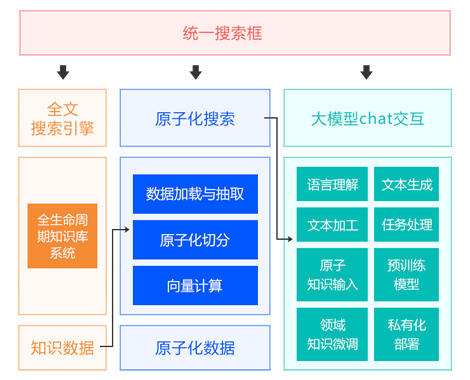
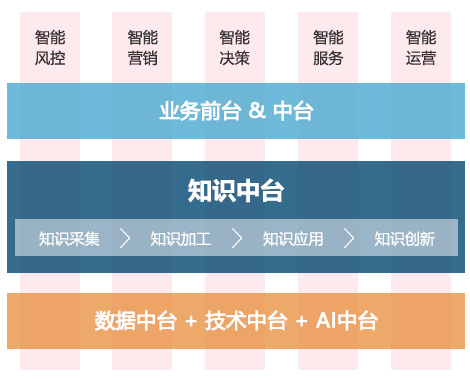
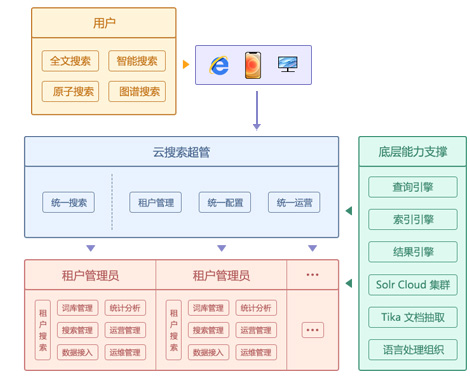
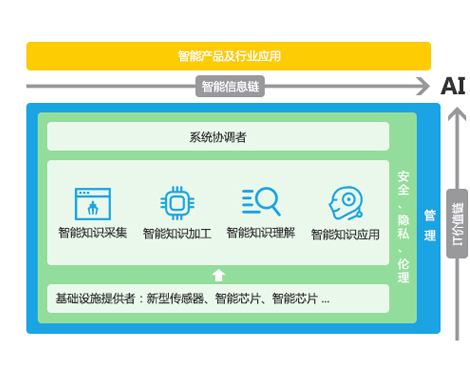
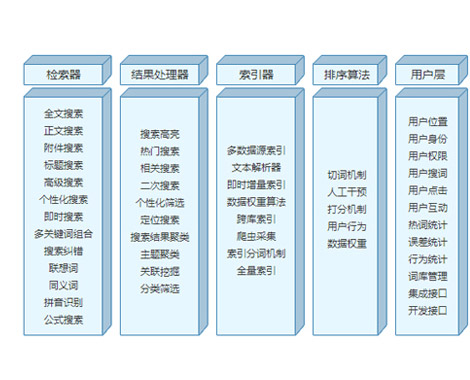
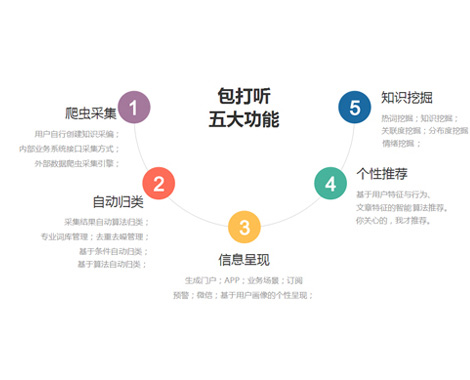
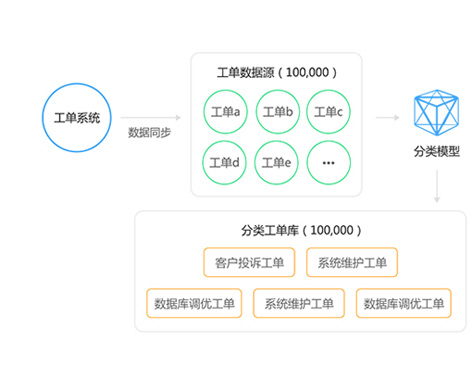
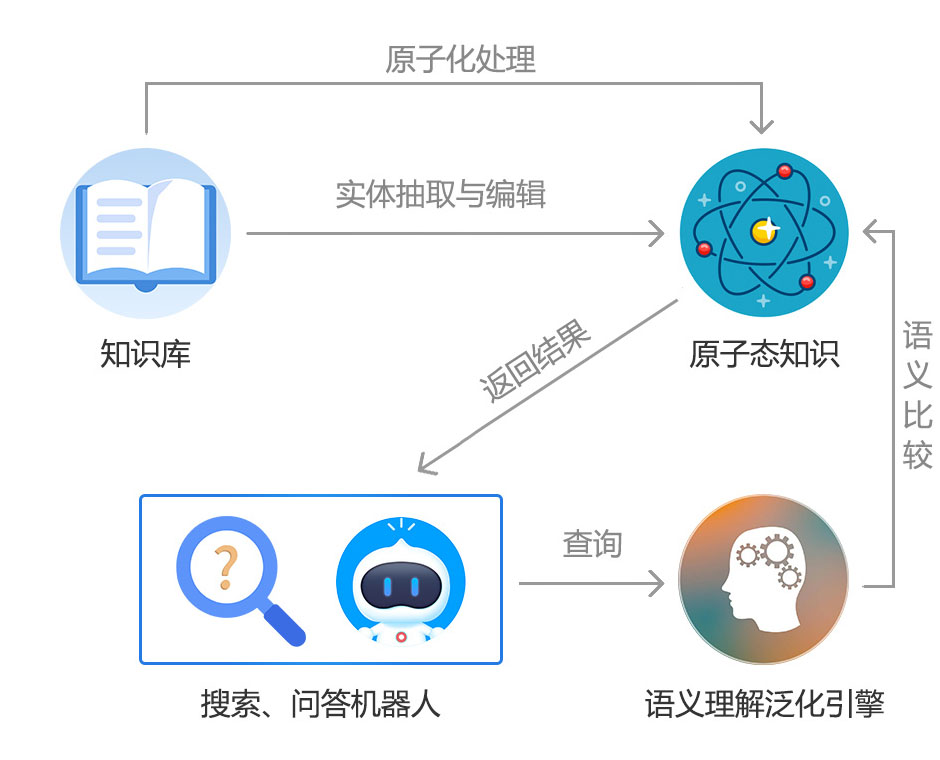
 2017-03-28 09:34
2017-03-28 09:34